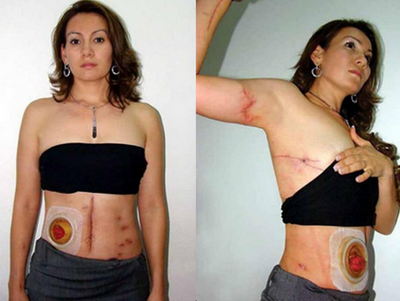Times are hard everywhere. We know this. Every night the news is filled with stories that focus on federal and global economics. What gets less press, though, is how people are dealing with the downtrodden economy on an individual basis. It turns out that people, like life, find a way.
Nobody doubts that money is scarce and that it is hard for people everywhere to feed and clothe themselves and their families. What not enough realize though, is that the masses have gotten tired of waiting for the help they need and they’ve set up a thriving economy built on helping each other.
This economy has a variety of names but it is most often called the “thrift store” or “resale” economy. It is an economy built around the idea of taking what is already owned and sharing it or selling it to each other for reasonable rates. While the 1% might be hoarding, everyone else is sharing and it’s working out pretty well.
When you think of “thrift store” or “resale” you likely think of clothing. It’s true that the buying and selling of used clothing has been going on for decades. In the last couple of those decades, though, the thrift economy has expanded to include everything from housewares to cars. Today even technology is part of the resale market. In South Africa, sites like Cash Converters and Cash Crusaders have reported that some of their fastest turnovers happen with cell phones, smart phones and tablets, writes Hanna Barry in the Moneyweb article “Hard Times Boost Trade In High Value Second Hand Goods.” “…the stigma of buying second-hand had largely been driven out of peoples’ minds. “Money is so tight these days. Everybody is looking for value for money, whether you live in LSM 2 or 12, because expenses have increased,” says Richard Mukheibir, Cash Converter’s CEO.
The United States is well known for its thrift based economy. The Internet, in particular, has been helpful in the building of America’s thrift economy. People from California to Maine are buying and selling things on eBay and Craigslist. In Texas, locals have grown quite fond of the resale site AmericanListed. Other locally based resale sites are popping up all over the country (and, really, the world).
Another thrifty trend that is growing in the United States is wide-based sharing. Closet sharing is the newest trend in the resale and thrift shopping economy and sites like Tradesy are leading the pack. The idea is simple: people put photos of their clothing up on the site and someone else requests it. The requester pays a convenience fee to have the item shipped to him or her (which is how the lender makes money) and the lender sends the item. When the requester has finished wearing it, he or she sends it back. If the item is damaged the lender charges a fee. If the item is still in good condition, business continues as normal.
Even lending and business funding has been taken over by the thrift and internet economy. Sites like Kiva and other “micro lenders” have made it possible for people with smaller priced projects to get help even when no bank in the world will touch them. Any individual can request a loan on Kiva and, more importantly, anybody can loan money through the system. You can loan a few dollars or a few hundred, it’s up to you and—even better—you are almost guaranteed to be paid back. Micro loans have a better repayment rate than bank loans.
While it is true that there will always be those who will only allow themselves things that are brand new and of the highest value, the sharing and thrift economy is proving that people will find a way to get the things they need, whether that thing is a nice suit to wear on a job interview or the money made by selling a nice suit that no longer fits (at a reasonable price, of course).





